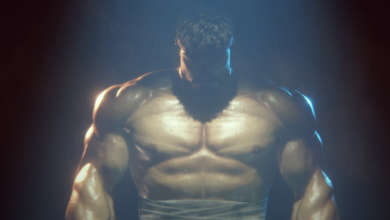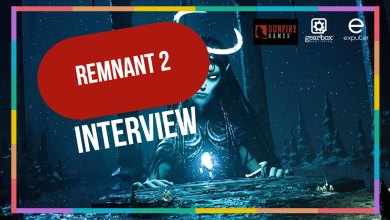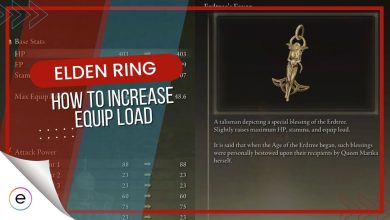Story Highlights
- Cinder City is set in near-future Seoul and Pangyo, chosen for authenticity.
- Enemy design in Cinder City takes cues from Souls-like games, prioritizing speed and skill-based combat.
- We spoke with the CEO of BigFire Games to discuss the title via email.
Cinder City, formerly Project LLL, is an ambitious MMO looter shooter that sets its sights on blending large-scale firefights and cooperative encounters in a near-future setting. Built in Unreal Engine 5, BigFire Games takes it a step further in realism by making the world identical to cities like Seoul and Pangyo.
To better understand its vision, we spoke with Jaehyun “James” Bae, Executive Producer of Cinder City and CEO of BigFire Games, about the design philosophy, the scale of its open world, and the systems shaping both moment-to-moment gameplay and long-term engagement.

We envisioned the game as a reflection on humanity’s future shaped by technological progress, which led us to set it in a near-future world. We explored several candidate cities for the main setting and even began building some, but they didn’t feel fresh or compelling—many had already been heavily featured in other games and films.
Seoul stood out as the right choice. Most of our developers are Korean, so it’s a familiar environment we could build efficiently. It also hasn’t been deeply explored as a game setting, which made it even more exciting. We didn’t want buildings to serve as mere background props, so we implemented streaming technology that allows players to enter most structures seamlessly.
To put it simply: we aimed for authenticity without compromise, while ensuring the gameplay remained immersive and engaging.
As we built out the open world and reached a playable stage, we came to an important realization: vehicles, helicopters, and underground combat zones filled with monsters were exciting—but not enough. While online features like encountering other players added a layer of dynamism, we needed stronger gameplay elements that could truly drive player motivation and provide clear objectives.
Traditional shooter enemies—soldiers hiding behind cover or zombies sprinting through tight corridors—served their purpose, but they didn’t offer the kind of challenge we were aiming for. Bosses that simply stood still or moved slowly, requiring thousands of bullets to take down, weren’t compelling either.
So we shifted our focus to designing fast-moving, flying, and jumping enemies with attack patterns inspired by Souls-like games. These enemies offer meaningful, skill-based challenges and make traversal and combat across large-scale maps far more engaging and rewarding.
I’ve spent quite a bit of time with one of them myself, so I wouldn’t claim we’re making something better than The Division 2 or Anthem. But I do want to highlight that our design philosophy is quite different.
Unlike traditional 4-player party-based gameplay, CINDER CITY is designed to support a much larger number of players coexisting in a shared world. We want players to encounter each other organically and engage in spontaneous cooperation, creating dynamic and memorable moments.
We also wanted to avoid the common pitfall of bullet sponge enemies—slow-moving NPCs that soak up hundreds of rounds without offering much tactical challenge. Instead, we’ve focused on designing enemies with complex attack patterns that encourage strategic play and meaningful cooperation.
We welcome the comparisons, as they give us a chance to highlight what makes CINDER CITY stand out within the genre.
While I personally enjoy interactive storytelling, that’s not the goal of this project. In this game, the story is meant to immerse players and motivate continued play.
Each character starts with a unique backstory—not a race, faction, or class. While much of the gameplay, especially in the persistent world, involves shared missions and quests, acquiring a new character will unlock a substantial personal story campaign.
The demo we showcased at Gamescom this year was actually part of one character’s story.
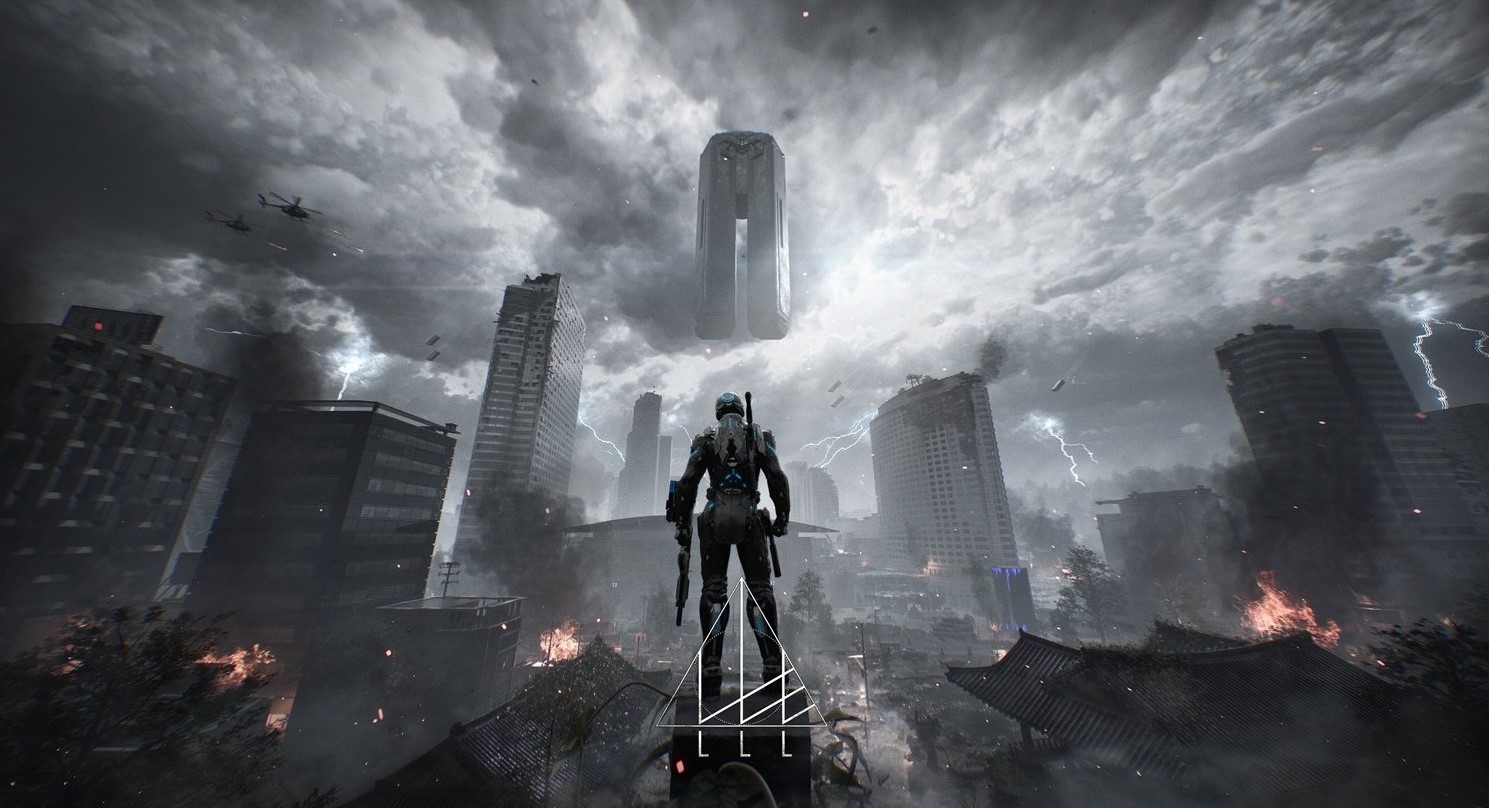
The massive boss you saw in the footage is part of the open world. Defeating it will likely require dozens of players. In addition to these persistent world bosses, we also plan to include party/raid-style bosses in instanced zones.
We modified the engine to support seamless indoor entry and free movement, including flight. While Unreal Engine offers similar features, our goals required a different approach and additional optimization.
For example, rendering 100 NPCs in a large space while maintaining frame rate stability required enhancements beyond the standard engine setup. So, we developed several custom solutions. AI was another challenge—player CPUs couldn’t handle the load, so we built a dedicated server system to process AI behavior.
We’re not aiming for a game where players endlessly farm the same enemies for random loot. While we’re considering PvP and competitive content, our top priority is cooperative gameplay against powerful enemies.
We’re designing encounters that players haven’t experienced in MMOs or online shooters before.
Most content can be played solo. While strong enemies may be difficult to defeat alone, story-related missions and quests—especially in persistent areas—are solo-friendly.
For powerful enemies in instanced zones, we recommend inviting friends or forming squads, similar to other MMOs.
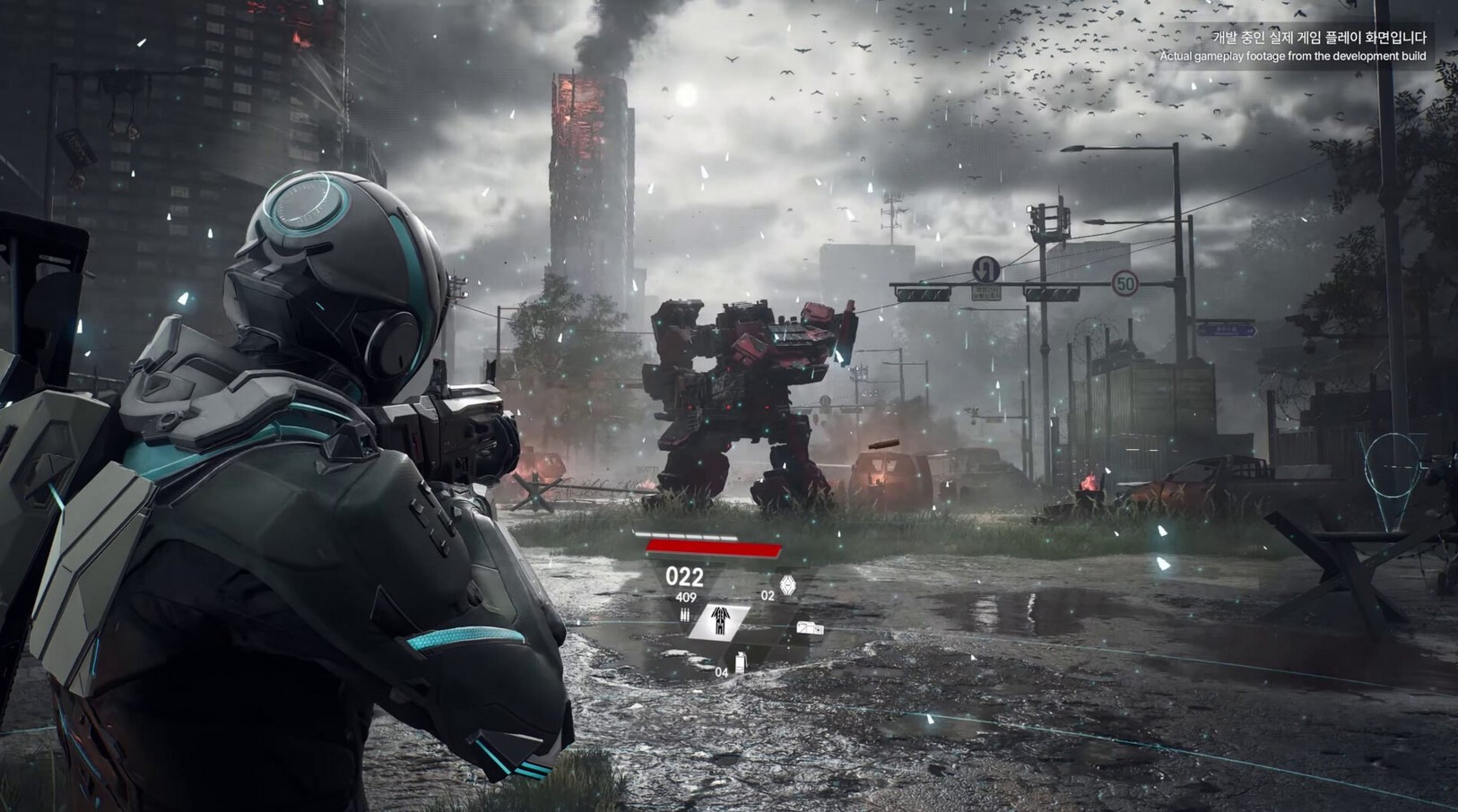
We aimed to create diverse factions. While the game is thematically a shooter, we found that relying solely on human soldiers quickly became dull. Combat needed to feel different in indoor vs. outdoor environments, and battles against small NPCs vs. giant bosses had to be distinct.
So we designed factions including humans, super soldiers, zombies, creatures, and large mechanical robots.
Scripted encounters in open worlds tend to feel repetitive and are inefficient from a development standpoint.
That’s why we built a server-based AI system. NPCs can recognize and respond to the 3D environment no matter where they spawn. Even high-end PCs struggle with dozens of NPCs, but server-side AI allows us to scale that up significantly.
We understand that many players have concerns about the monetization model. While it’s too early to provide detailed information, I can say clearly that our team is not considering any P2W elements. That said, it’s not an easy path. The game requires a massive amount of PvE content, seasonal events, and cosmetic items. This is one reason why live-service PvE shooters are so rare.
Designing the monetization model isn’t something that can be decided lightly, and it remains one of our biggest challenges as a development team.
Right now, our top priority is expanding content. We’ve spent a lot of time building the base systems—shooting mechanics, open-world infrastructure, and server architecture.
The team is currently focused on mass-producing content and conducting playtests in parallel.
Our studio has around 200 members, though this may change depending on project progress. We believe it’s essential for key developers from the early and launch phases to remain with the team to preserve the game’s identity.
This continuity is also critical for maintaining content updates and community engagement.
If resources allow, we’d love to explore a variety of settings. Cities that haven’t been featured as game environments before could be especially interesting, and we’re also open to exploring locations from hundreds or even thousands of years ago—not just those set in the present day
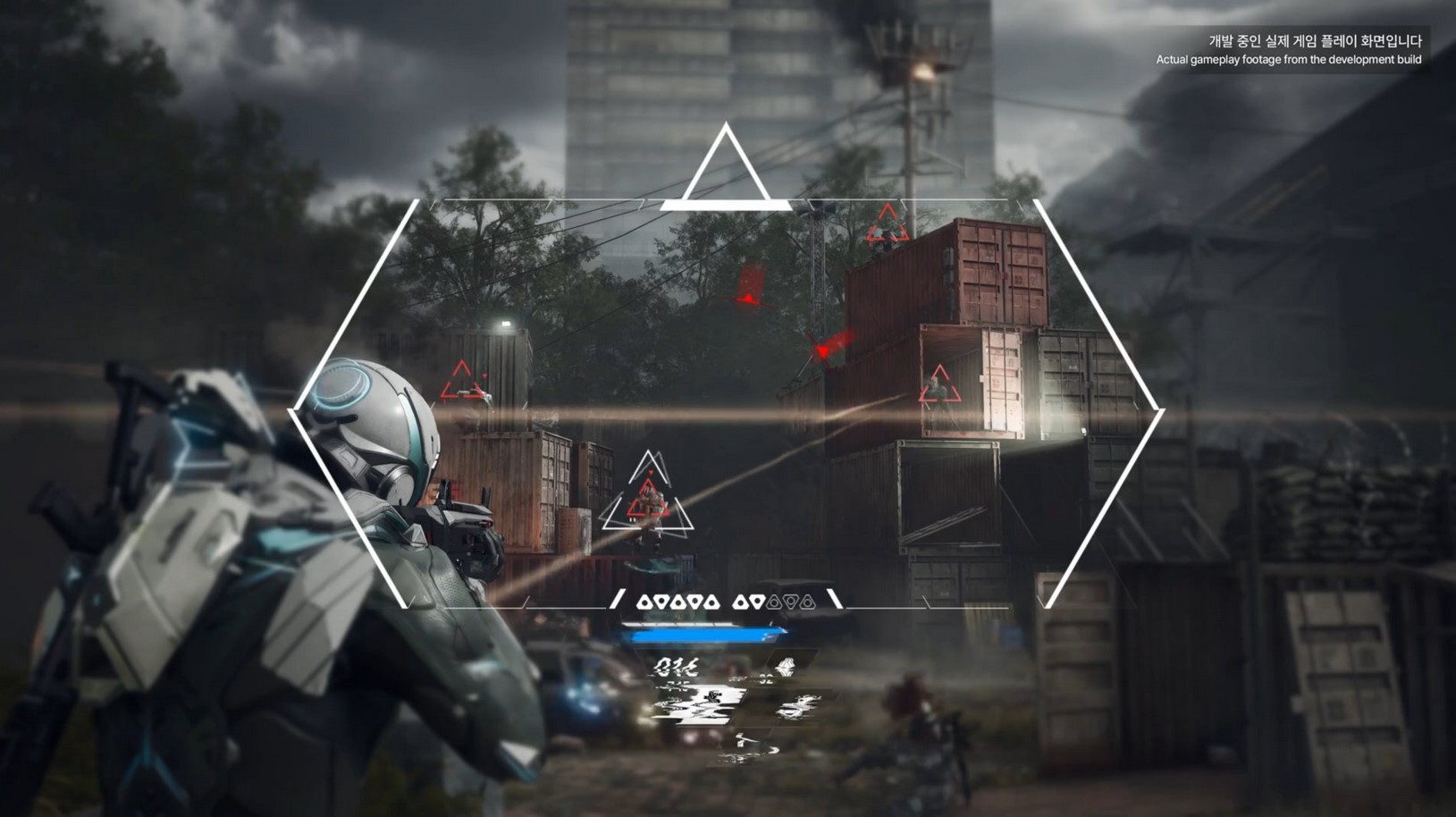
Cinder City is an MMO looter shooter developed by BigFire Games and published by NCsoft. It is set to release in 2026 on PC and consoles. We thank James for answering our questions and Danielle Woodyatt for helping us.
Thanks! Do share your feedback with us. ⚡
How can we make this post better? Your help would be appreciated. ✍

